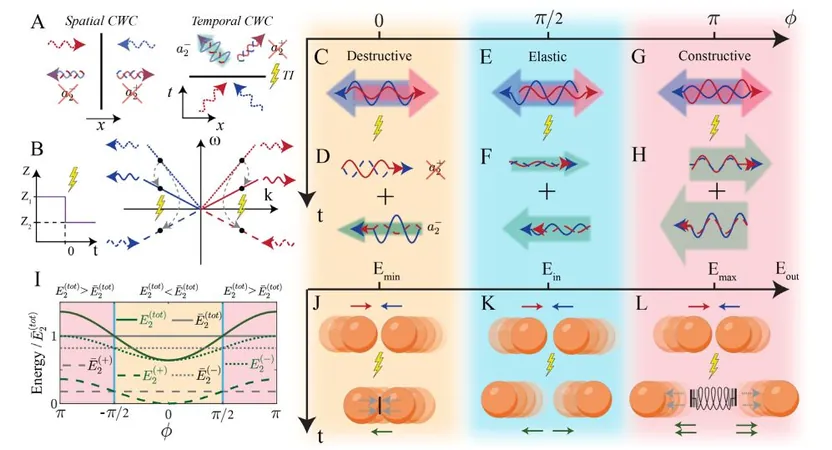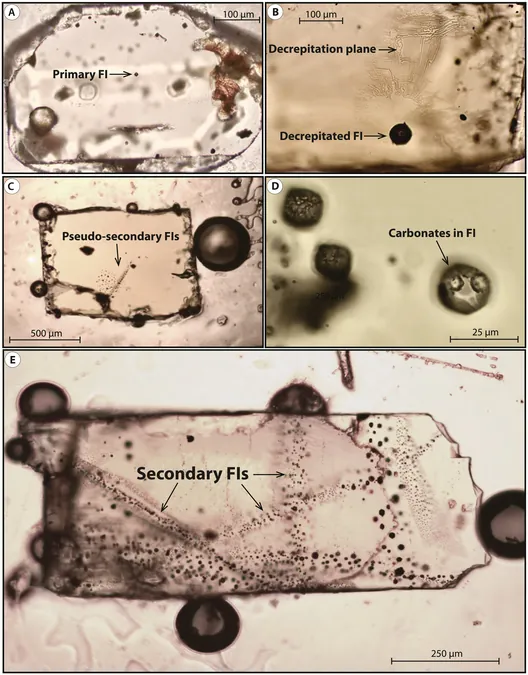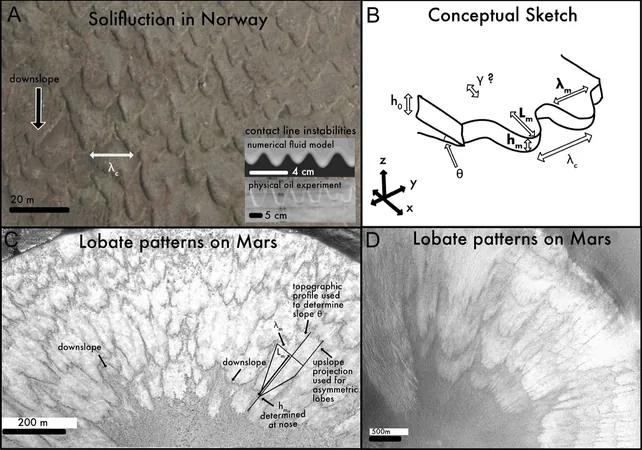
Unveiling the Future of Light Manipulation with Metamaterials
2025-01-01
Author: Rajesh
Introduction
In an intriguing exploration of the wave nature of light, scientists are discovering remarkable ways that different light waves can interact—potentially revolutionizing our understanding of optics. Typically, we think of reflections through common mirrors made of metals, but the interaction of light with specifically designed structures can yield astonishing results.
Natural Examples of Light Manipulation
Take, for example, the breathtaking iridescence found in the wings of butterflies or the mesmerizing hues of human eye colors. These visual phenomena aren’t merely due to pigmentation; rather, they originate from the complex interplay of light with micro-structures in these surfaces.
Groundbreaking Research
A groundbreaking study has recently taken this concept a step further. Researchers led by Emanuele Galiffi have demonstrated a unique effect by reflecting multiple microwave radiation beams off each other, effectively creating what they term “temporal reflections.” This exciting work was published in the esteemed journal Nature Physics.
The Innovative Metamaterial
The researchers developed a specialized metamaterial capable of enabling temporal coherent wave control (CWC). This innovative material allows electromagnetic radiation to be manipulated in ways that lead to previously unobserved interactions. Unlike traditional reflections—where light waves can constructively or destructively interfere with one another in space—this new phenomenon occurs at a temporal interface, allowing waves to reflect off of one another in unpredictable and fascinating ways.
Interpreting Sensational Headlines
While sensational headlines have emerged, referencing ideas of “turning back time” or “catching a glimpse of the back of your own head in a mirror,” the reality is more nuanced. The study discusses the potential to unveil new light-matter interactions within not only the microwave spectrum but also across various other ranges of electromagnetic radiation. This could open new doors for future technological advancements, offering innovative pathways for shaping and controlling light.
Implications and Future Directions
The implications of this research are vast. With applications ranging from advanced imaging technologies to breakthroughs in communication and computing, the ability to control light behavior on such a fundamental level heralds an exciting frontier in both science and technology.
Conclusion
So stay tuned, as this incredible development in metamaterials might just change the way we perceive and manipulate light forever! *(Image Credit: Emanuele Galiffi et al., Nature Physics, 2023)*






 Brasil (PT)
Brasil (PT)
 Canada (EN)
Canada (EN)
 Chile (ES)
Chile (ES)
 Česko (CS)
Česko (CS)
 대한민국 (KO)
대한민국 (KO)
 España (ES)
España (ES)
 France (FR)
France (FR)
 Hong Kong (EN)
Hong Kong (EN)
 Italia (IT)
Italia (IT)
 日本 (JA)
日本 (JA)
 Magyarország (HU)
Magyarország (HU)
 Norge (NO)
Norge (NO)
 Polska (PL)
Polska (PL)
 Schweiz (DE)
Schweiz (DE)
 Singapore (EN)
Singapore (EN)
 Sverige (SV)
Sverige (SV)
 Suomi (FI)
Suomi (FI)
 Türkiye (TR)
Türkiye (TR)
 الإمارات العربية المتحدة (AR)
الإمارات العربية المتحدة (AR)